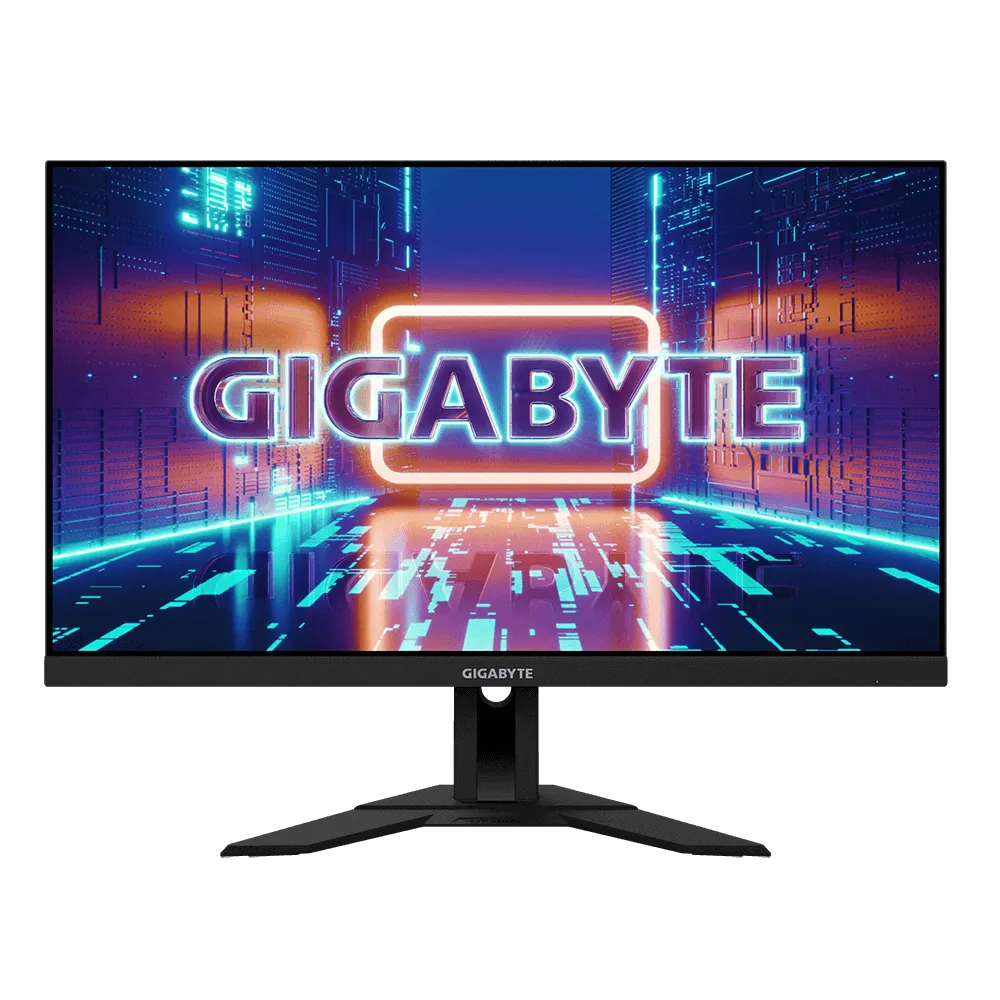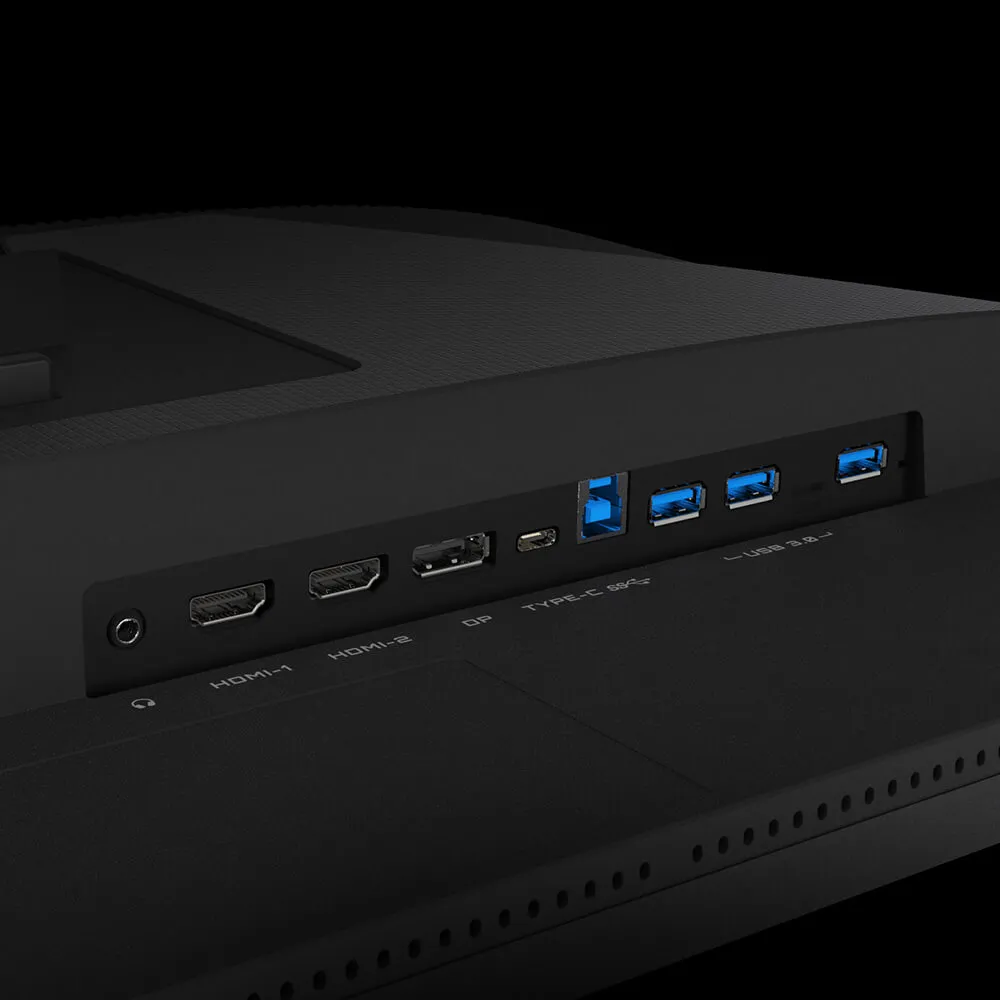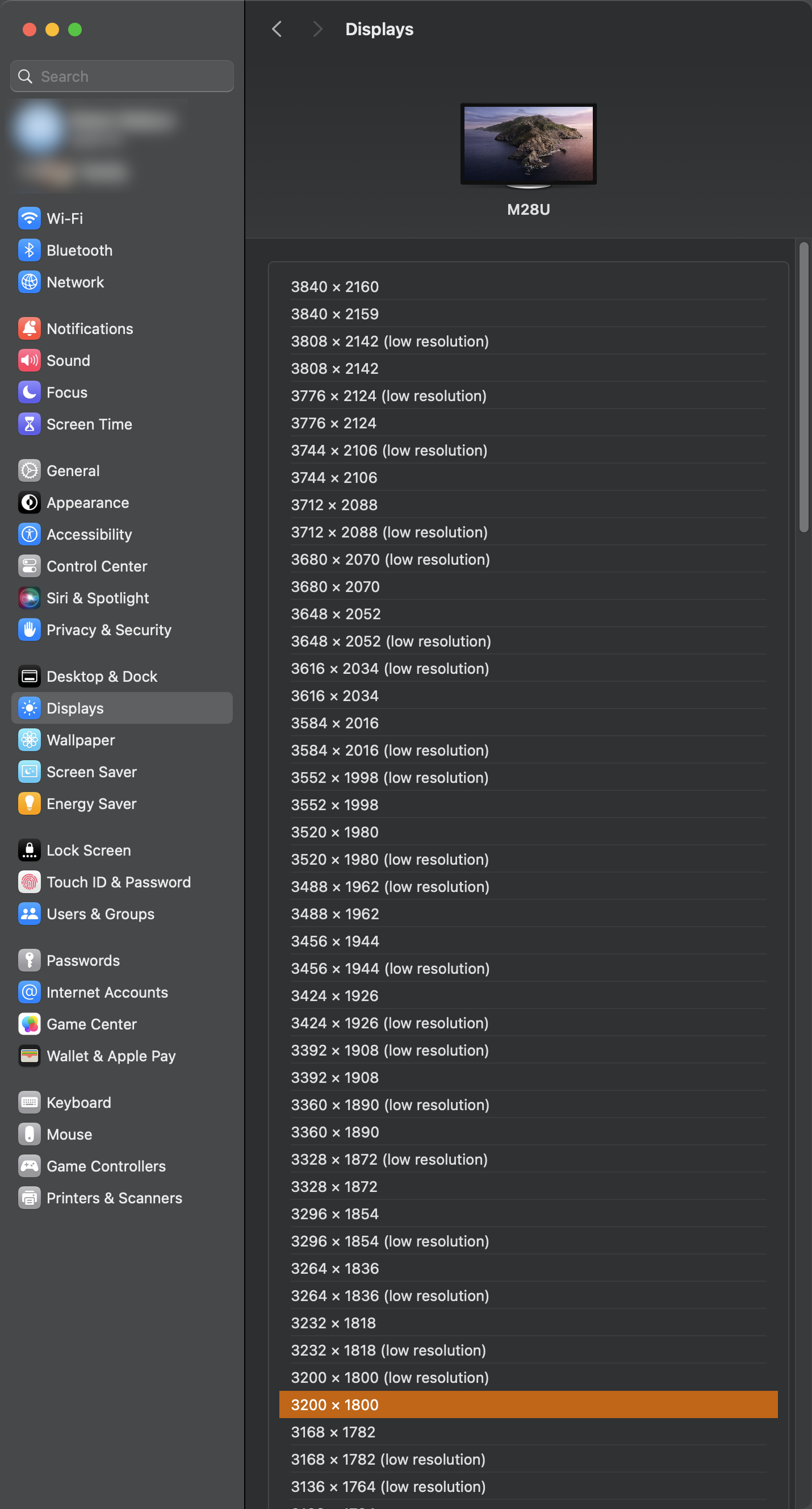Our review of the super fast Gigabyte M28U connected to a Mac Studio computer.
As an Amazon Associate I earn from qualifying purchases.
Transitioning from my dependable 2017 27″ 5K Retina iMac to the base M2 Mac Studio last November was a pivotal moment in my tech journey. With an eye for seamless performance and cutting-edge features, I embarked on a quest to find the perfect display companion for my new powerhouse. Having recently marveled at the fluidity of ProMotion on my iPhone 15 Pro Max, I was determined to replicate that experience across all my devices.
The Apple Studio Display initially caught my attention, boasting a familiar 27″ 5K Retina display. However, its 60Hz refresh rate fell short of my expectations for fluid motion and responsiveness. Enter the LG UltraFine UHD 27-Inch 4K 27UN850-W, a contender that defied the skepticism surrounding 4K resolution on Macs. Despite initial reservations, I was pleasantly surprised by its performance, delivering crisp visuals and a seamless interface, even at non-native resolutions.
Yet, my pursuit of perfection led me to the Gigabyte M28U, hailed by enthusiasts and experts alike for its 4K resolution paired with an impressive 144Hz refresh rate. From the moment it graced my desk, the M28U exuded excellence. Its setup was effortless, and once configured to my specifications, the difference in fluidity and clarity was palpable. Whether navigating through applications, browsing the web, or indulging in multimedia content, every interaction was elevated to a new level of immersion and enjoyment.
Beyond its stunning visual prowess, the M28U’s build quality is a testament to Gigabyte’s commitment to excellence. The robust stand and minimal vibrations under heavy typing sessions speak volumes about its durability and engineering. While the built-in speakers left much to be desired, their shortcomings were easily overshadowed by the immersive audio experience delivered by the Logitech Z407 speaker setup.
Six months into this symbiotic relationship between the Mac Studio and the Gigabyte Display, my enthusiasm remains unwavering. Brief forays into lower refresh rates served only to reinforce my preference for the buttery-smooth 144Hz experience, a testament to the display’s transformative impact on my workflow and user experience. Moreover, the convenience of USB-C connectivity has seamlessly integrated the display into my ecosystem, unlocking a new realm of productivity and versatility.
I’m also not using any 3rd party display utilities, just the MacOS and the display.
In conclusion, the Gigabyte M28U stands as a beacon of excellence in the realm of high-performance displays, surpassing expectations and redefining the standard for immersive computing experiences. If you’re in search of a display that seamlessly combines stunning visuals, responsive performance, and uncompromising quality, look no further than the Gigabyte M28U.
Also of note, the 2 HDMI ports are 2.1 and would handle a PS5 or Xbox Series S/X @ 4K 120Hz easily.




